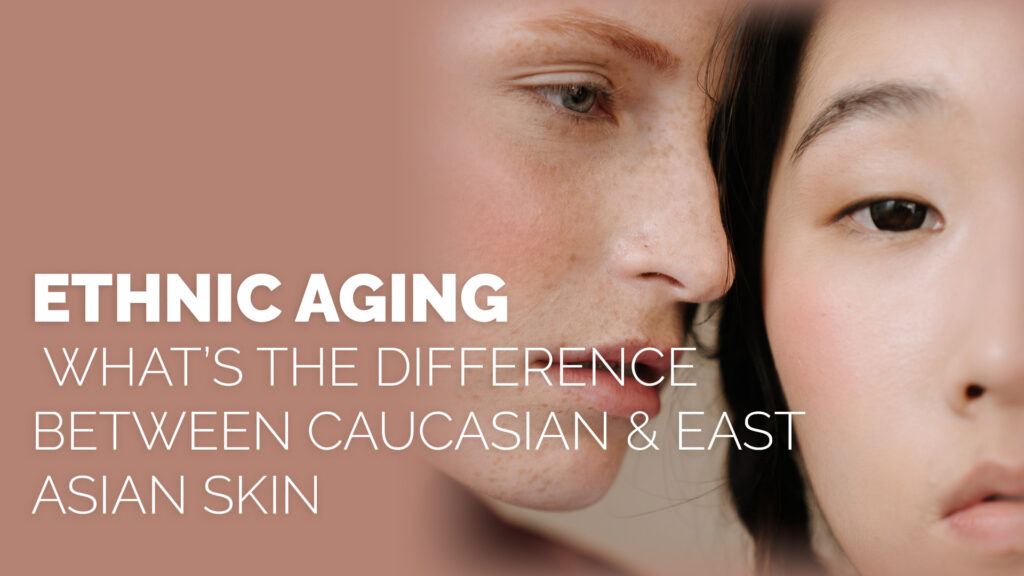
Skin type is determined by a number of factors, including genetics and environmental factors. In terms of ethnicity, there are notable differences between Caucasian and East Asian skin, and understanding these differences can help individuals tailor their skincare routine to their specific needs.
Caucasian skin tends to be lighter and thinner compared to East Asian skin. It also has fewer melanocytes, the cells responsible for producing melanin, which gives skin its color. As a result, Caucasian skin is more susceptible to sun damage and the formation of age spots, fine lines, and wrinkles. Additionally, collagen, which provides structure and support to the skin, decreases more rapidly in Caucasian skin, leading to sagging and a loss of firmness.
East Asian skin, on the other hand, is typically thicker and has a higher amount of melanin, which provides some protection against sun damage. However, East Asian skin is also more prone to certain conditions, such as dark circles, uneven skin tone, and hyperpigmentation, which is the darkening of an area of skin. With aging, East Asian skin may also experience a loss of elasticity and an increase in roughness.
In conclusion, understanding the differences between Caucasian and East Asian skin can help individuals make informed decisions about their skincare routine. A well-rounded skincare routine that includes the use of gentle cleansers, moisturizers, and sun protection is recommended for both skin types. It is also important to consult with a dermatologist to determine the best approach for your individual needs and skin type.
Book a visit with one of our experienced providers today. We perform Skin Scans in office to determine which treatments will be most effective for your skin tone and type, as well as offer a wide variety of services.